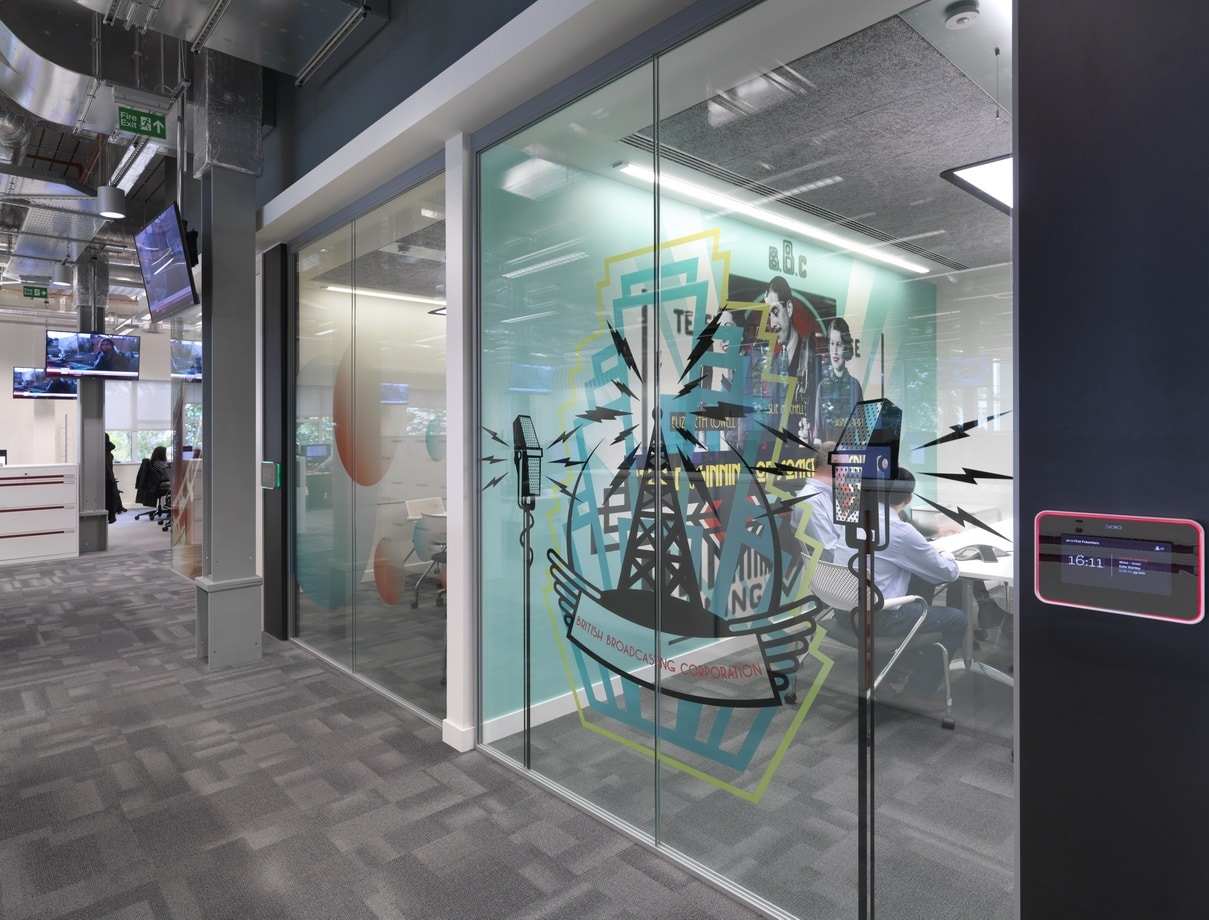Interiors in the workplace now reflect the style and personality of brands more than ever before. Gone are the days of darkened corridors with plain walls; today, they’ve been replaced with atria and interior streets of glass. Adrian JG Marsh takes a look at a market that’s evolving and is in need of new standards and a common approach to demonstrating performance.
Clean, open and engaging environments don’t just promote brands. They improve work output and productivity through creative and inspirational settings that make workplaces comfortable and enjoyable to be in.
“Glass partitioning is almost standard in high quality office environments, especially in professional services and car showrooms,” said Dave Bonner, managing director at Nevill Long.
“Glazing offers design flexibility and high performance to suit any work environment. It’s certainly changed from a speciality to a commodity product. The next generation of our Longline partitioning system reflects the evolution of design and installation. We’ve re-engineered the system and made it easier for customers to select components.”
The new Longline system from Nevill Long will be available from the spring
Rachel Sullivan, category manager for Ceilings and Partitioning at CCF, agrees that change is necessary. She said: “Interiors solutions providers need to adapt and provide innovative solutions to meet these changing and discerning needs, from demand for curved and interestingly shaped partitioning, to bespoke graphics and layout considerations. Whether an open-plan, private or combined solution, the breadth of partitioning designed in line with the changing needs of the end user is vast.”
Also making an appearance in the market in 2017 is the newly re-branded partitioning businesses of SIG. Last year, SIG acquired SAS Direct and Partitioning and it has now brought it together with Tenon to create Ocula Systems.
The new Ocula brand was revealed last month and Kye Edwards, business development director at Ocula, said: “The footprint of the Ocula product range is going to be built around performance. We intend to build on the best of both SAS and Tenon with new products and introducing additions and improving our existing range.
“The partitioning market encompasses more than just partitioning. It is widely specified as architectural glazing such as a floor-to-ceiling glass barrier in an atrium. We have all the necessary test data to demonstrate its performance to the highest standards.”
Performance across the sector is as important as ever and Joe Cilia, technical manager at FIS, sees a lot of products in use throughout the industry. He said: “There are still examples where elements are substituted in a system in the belief that the system will still perform in the same way; for example, how glass performs during a fire. I also see examples where sound is flanking around a partition, say through a ceiling void, yet the partition is declared the suspect.”
The market remains very competitive and specifiers should be careful when selecting the most appropriate solution to meet their design expectations. To help specifiers understand the difference between glass partitioning systems, the FIS Partition Industry Forum is developing a standard template to allow specifiers to evaluate test results using a common layout.
Peter Long from Optima, who’s also a Forum member, said: “Architects and designers rely on test data. We’re keen to see that performance data is presented in a common format. Glazing, in particular, can easily be misinterpreted if data is not presented consistently. A common approach will also help manufacturers to test the right thing. We’re looking at the way acoustic data is presented and we see this move as a way to help educate both customer and specifier.”
Mr Bonner agrees: “Nevill Long fully supports the FIS in what it is trying to achieve. To protect specifiers as an industry, we need to present product test information in a way that allows true comparisons.”
The Forum is also revisiting BS 5234 to ensure that it incorporates frameless glazing. When written in 1992, it did not provide guidance on frameless glazing, so updating the standards to address key test areas that affect glass partitions and glass doors will provide improved guidance for designers and manufacturers alike.
As trends develop, design features will no doubt continue to be influenced and ultimately change the range of interiors solutions available. Innovation, when applied with the right expertise and knowledge, will provide even more choice and transform how interiors spaces look and perform.


